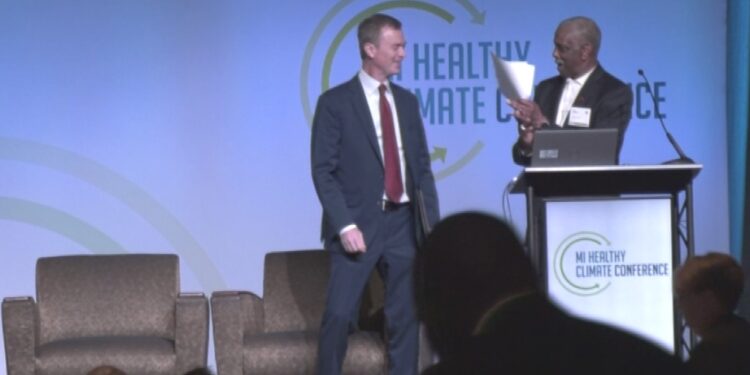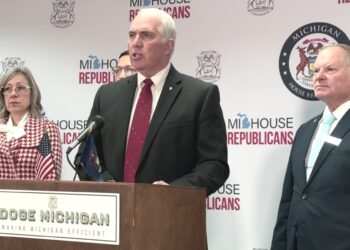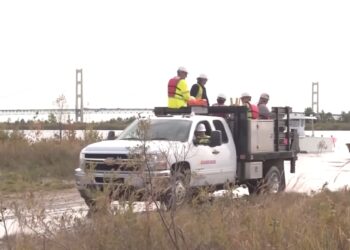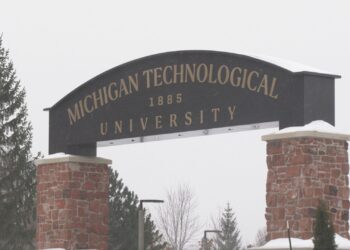LANSING, Mich. (WZMQ) – Michigan’s ‘ MI Healthy Climate Plan’ has set state-wide environmental goals surrounding clean energy and carbon neutrality. Those efforts are led by the state’s Department of Environment, Great Lakes, and Energy (EGLE).
The Climate Plan lays out a pathway for michigan to reach 100% carbon neutrality by 2050. Governor Whitmer introduced the executive directive to create the plan back in 2020, with the goal of preventing the worst impacts of the climate crisis while creating good-paying jobs.
Since the plan was rolled out, according to Atlas Public Policy, Michigan has received nearly $1.3 billion. That’s more in federal climate funding than any state in the nation except California.
The director of EGLE, Phil Roos, said those funds have gone towards both large and small-scale investments, many of which will lower energy costs for yoopers, who pay some of the highest utilities in the state.
“We’re dedicated to being a national leader in all of this work as we have been in bringing in federal money and putting it to bear,” Roos said. “There’s just been a lot of big impact from this and we’re now at a stage where we’re moving to. fill in the pieces that aren’t at a state level, but that begin to really impact individual communities.”
That community impact has also included $4 billion in federal and state dollars to update water infrastructure to improve their efficiency and public health, both objectives listed in the plan.
Roos said the plan’s carbon neutrality goals also mean a focus on environmental protection. He said the Upper Peninsula plays a unique and central role in that part of the plan.
“We don’t meet our goals unless we can sequester carbon in trees and lakes and agricultural land. Nowhere is there more land or more forests per capita than in the Upper Peninsula.” Roos said. “Protecting those forests and both for recreation purposes, but importantly for being able to achieve our goals is absolutely essential.”


















